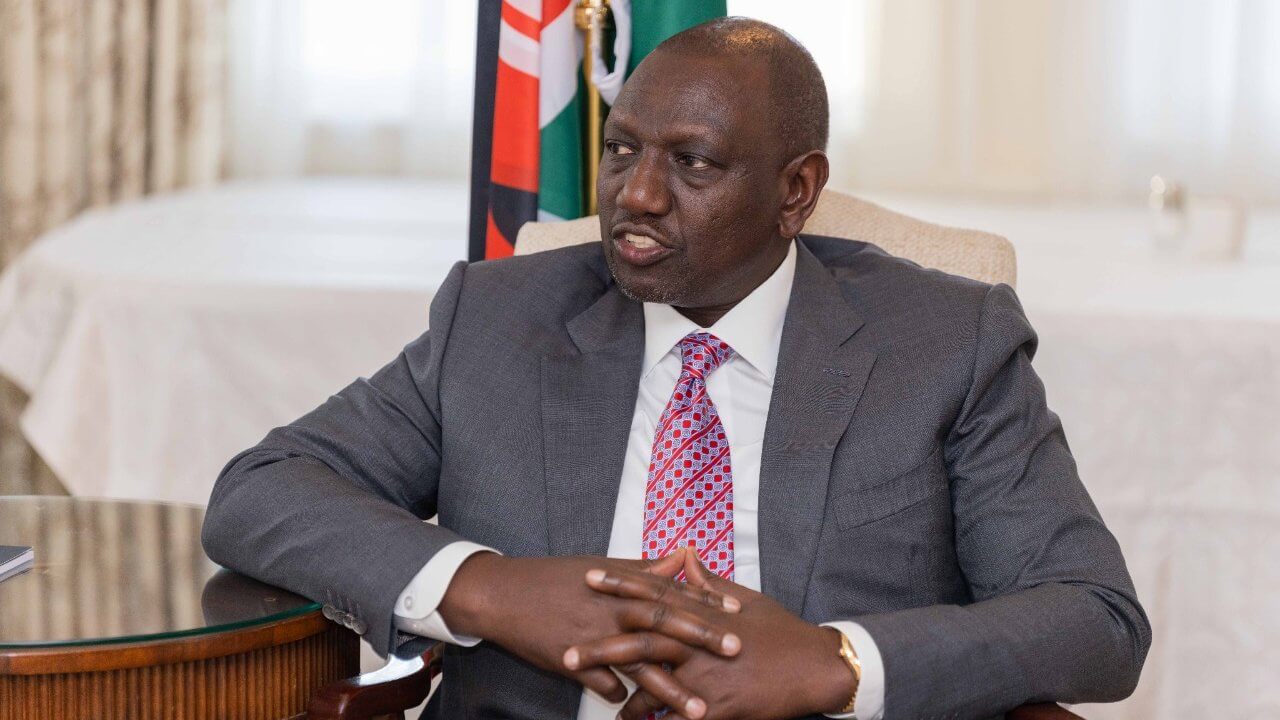KAMPALA, Uganda – The rise of smartphones in Africa is more than just a tech trend; it’s transforming how people engage with digital activism. Recent reports highlight a significant shift in mobile technology across the continent, with smartphones increasingly replacing feature phones and fueling new forms of online engagement.
In the first quarter of 2024, smartphone shipments in Africa surged by 17.9 percent, reaching 20.2 million units, according to the International Data Corporation (IDC). This marks a significant shift as smartphone shipments have now overtaken feature phone shipments for the first time. Feature phone shipments fell by 15.9 percent to 18.8 million units during the same period.
This rise in smartphone adoption is driven by growing demand for high-speed internet and advanced digital services. As smartphones become more accessible and affordable, they are rapidly replacing older feature phones. South Africa, Nigeria, and Kenya are leading this change, with South Africa being the largest market, followed by Nigeria and Kenya.
Table: Smartphone vs. Feature Phone Shipments (Q1 2024)
| Device Type | Shipments (Million Units) | Change (%) |
|---|---|---|
| Smartphones | 20.2 | +17.9 |
| Feature Phones | 18.8 | -15.9 |
Kenya’s Communications regulator reported a notable increase in smartphone use, with smartphones growing by 886,884 units between January and March 2024. In contrast, feature phones decreased from 31.8 million to 31.2 million units. Similarly, Canalys reported a 24% annual growth in smartphone shipments, with notable increases in South Africa, Nigeria, and Egypt.
Table: Smartphone Growth (Q4 2023)
| Country | Growth (%) |
|---|---|
| South Africa | 15% |
| Nigeria | 63% |
| Egypt | 63% |
The rise in smartphone usage coincides with increased digital activism. In South Africa, the recent elections saw significant social media engagement, with parties leveraging platforms to reach young voters. Similarly, in Kenya, widespread protests against a controversial finance bill utilized social media for organization and documentation.
Kenyan protests, largely driven by Generation Z, used platforms like X (formerly Twitter) and TikTok to coordinate actions and mobilize support. Activists used smartphones to share information, crowdsource funds, and expose lawmakers supporting the bill. This digital activism contributed to the eventual withdrawal of the bill and a review of government expenditures.
Table: Social Media Usage in Africa (January 2024)
| Country | Active Social Media Users (Million) | Increase Since 2014 |
|---|---|---|
| South Africa | 26 | 16.2 million |
| Kenya | 13.05 | 8.75 million |
The digital landscape in Africa is evolving rapidly. With smartphone adoption continuing to rise, the role of digital activism is expected to grow. By the end of 2024, IDC projects a 5.7% increase in smartphone shipments, with continued growth anticipated over the next five years.




















